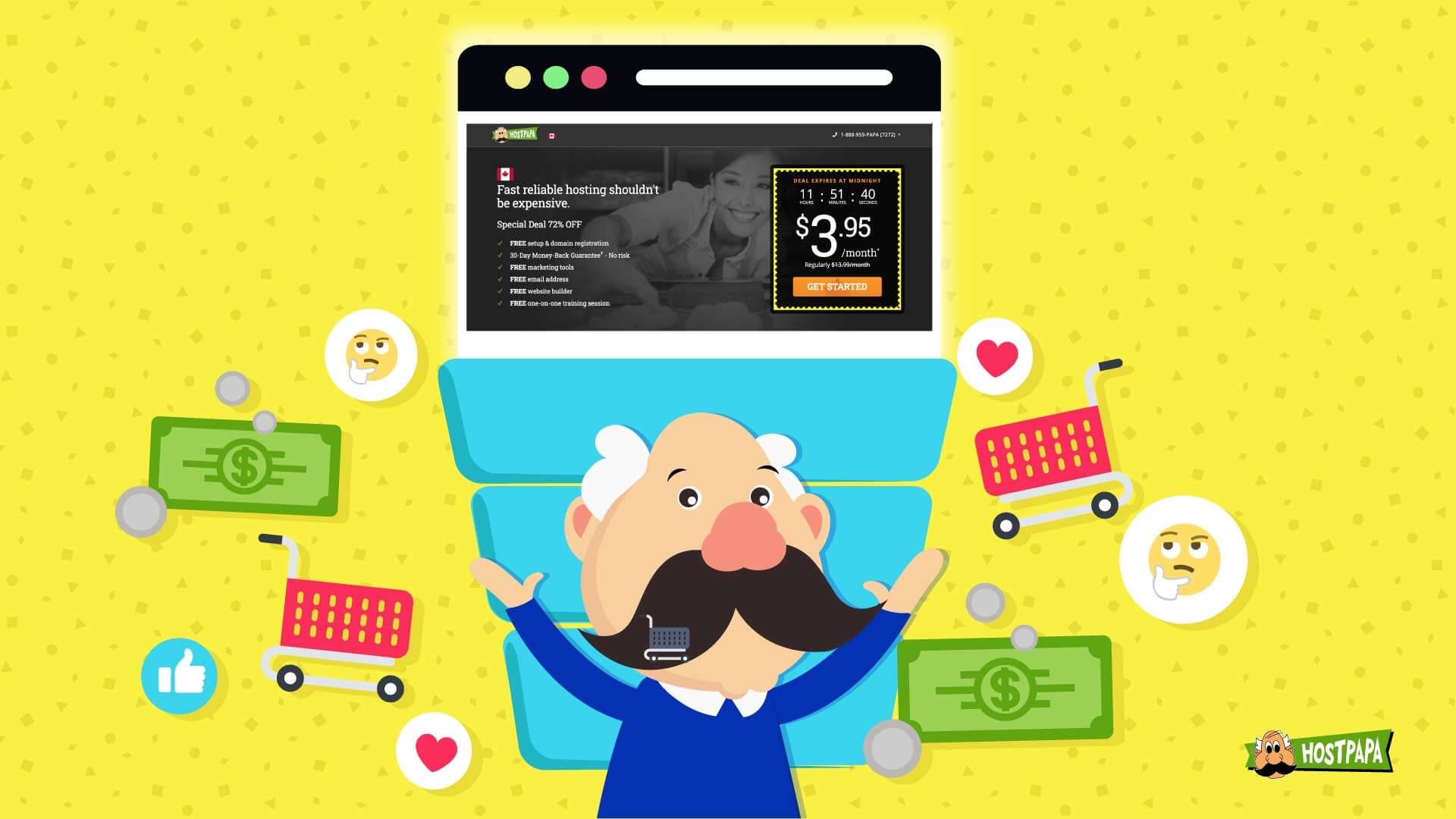Influencer marketing has been an effective and oft-talked about technique for the past few years and it shows no signs up letting up. In fact, Forbes recently predicted a massive boom in influence marketing in 2017. This infographic from Mediakix does a great job of detailing some of the more appealing figures surrounding influencer marketing potential from last year.
Influencer marketing involves marketing products and services to those who have a sway over the things other people buy. This market influence typically stems from an individual’s expertise, popularity, or reputation. Influence can come from a wide range of places. Any person, group, brand, or place could potentially be an influencer. For example, celebrities are often used to market products because they are highly respected and highly visible.
Bloggers have become important influencers because they are seen as authentic and have loyal followings. When a blogger recommends a product it seems more trustworthy than traditional advertising. By using influencers, companies can avoid much of the cynicism and skepticism that is directed at straight forward marketing messages.

The only major drawback of influencer marketing is that it isn’t as controllable as traditional marketing. While some influencers only add to the positive image of a product, influencers who encounter legal trouble or fall out of the public light might negatively impact a product’s chance of success. Marketers must prepare to deal with negative fallout if the influencers they use misrepresent or reject their products.




